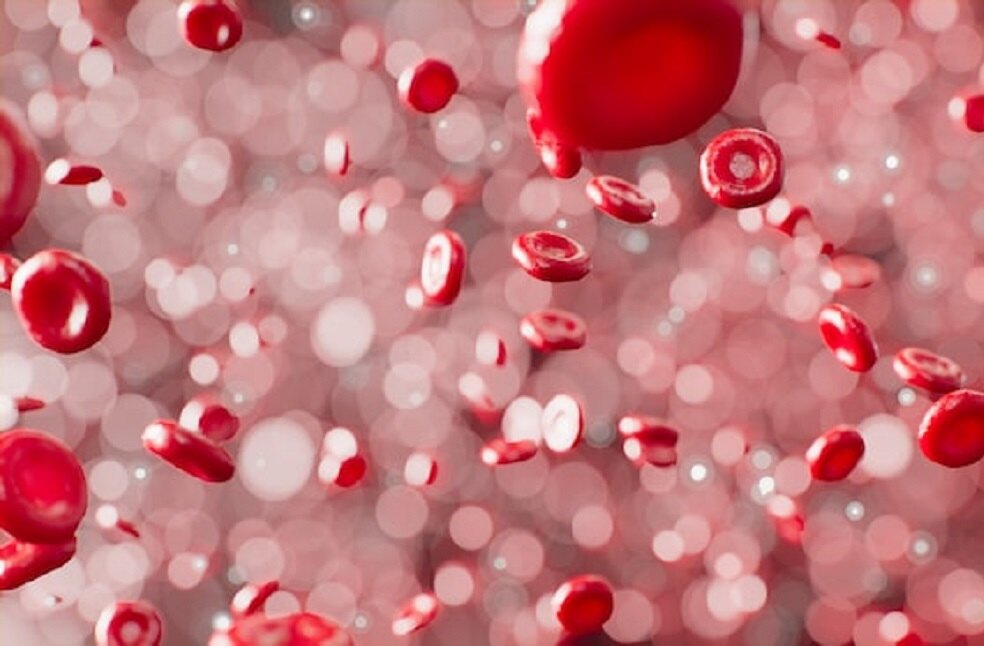China: Researchers are discovering microplastics in almost every crevice and nook of the human body.
Not long after US researchers verified that microplastics were present in human testicular tissue, Chinese researchers have now found the contaminants in sperm as well.
Every seminal fluid sample that the thirty-six male participants from interior China provided contained tiny pieces of plastic, the team discovered.

The most prevalent kind of plastic particles, accounting for about one-third of the total amount detected in an average sample, were polystyrene (PS) particles. Although they can’t be certain, researchers believe that the PVC, polystyrene, and polyethylene pieces were first swallowed or inhaled. The contaminants may have passed through the blood-testis barrier and into the seminal vesicles after entering the bloodstream.
Alongside the plastic pieces, the researchers also observed a variety of aberrant sperm cells floating in the seminal fluid. Many of the cells were unsettlingly short, twisted, curled, or had uneven tails; some even appeared to have difficulty moving.
Scientists are concerned about microplastics’ potential for reproductive toxicity, even though the health impacts of these particles on humans are currently unclear.
Chemical contamination has been linked to the global decline in sperm counts that is occurring today, even though experts are still unsure of the exact cause.

For unexplained reasons, sperm production is compromised in about 40 percent of males. Certain experts believe that microplastics are a factor that is often disregarded.
For example, prior research on mice has demonstrated that microplastics can harm the blood-testicular barrier, reducing the quality of sperm. In these investigations, mice exposed to pieces of polystyrene displayed decreased sperm activity, a higher percentage of aberrant sperm, and fewer sperm cells overall.
Despite the small sample size, the results of this study are consistent with those of two other studies from 2023—one conducted in Italy and the other in China—that also found microplastics in human sperm.
Researchers in Italy discovered that the highest-quality sperm samples were also the ones in which no microplastics were found.



